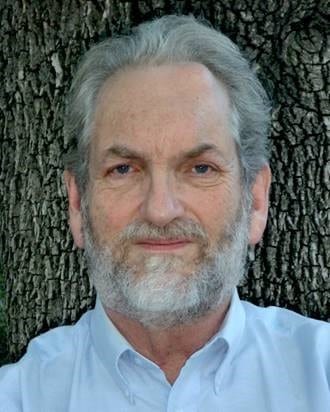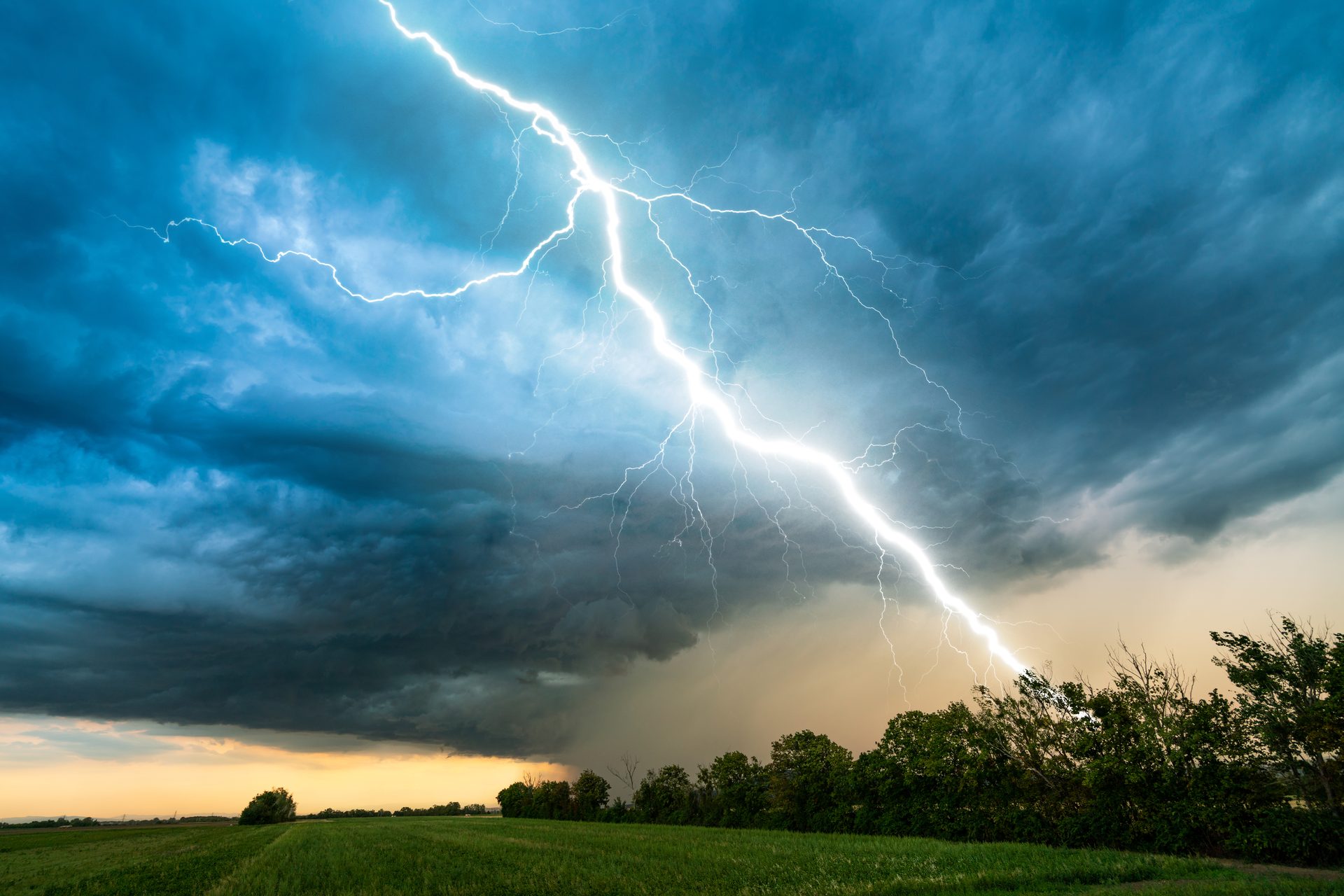
Photo courtesy of Getty Images; amriphoto.
Severe weather has significantly changed the way we look at design and construction of our buildings—from commercial to residential. Weather has become more volatile as natural disasters have taken their toll on our architecture. Naturally, no matter where you’re designing from, it’s become a topic of conversation when restoring and creating new buildings.
With this in mind, owners have been thinking more consistently about risk. Risk to their buildings, risk of natural disasters and risk of not protecting their buildings from those disasters. Due to this, owners are thankfully becoming more educated about the construction process and specific measures that are available to ensure properties are protected against severe weather.
Designing resilient buildings depends on what type of building we're working with. Hospitals/trauma centers or warehouses with non-vital storage? Resiliency truly depends on geographic location and the necessity of the building.
In the west we have wildfires, in the east we have snow and ice, and in the Midwest we have tornados. We're talking a lot about flood protection lately, especially in the south where reinforced concrete has become a popular choice when it comes to passive flood protection.
It's important to consider specific building enclosure components when preparing for these natural hazards. In some cases for commercial buildings, failure is not an option.
Recently, I spoke about this topic with Doug Coenen, Principal with Walter P Moore. Doug sat with us to talk about designing for severe weather, how its changed the way we look at design, and how we can build more resilient buildings.
Doug also spoke a bit on check valves and injector pits that stop water from backing up into building, and how that practice isn't exactly in codes across the board. Although perhaps it should be.
Listen to our thoughts on how the industry will navigate design as our weather continues to change. To listen to that episode of Enclosure Experts, click here. If you have some thoughts of your own I’d love to hear them. Feel free to email me at lewisl@bnpmedia.com.
I also wanted to take the time to mention one of our contributors who often spoke about severe weather in the form of lightning protection. Michael Chusid, of Woodland Hills, California, passed away on Monday, May 2. Michael was a registered architect and certified construction specifier. He dedicated his professional life to improving the built environment by advancing the art and science of building products. Michael studied in Buckminster Fuller’s design science program at Southern Illinois University and earned a Master of Architecture degree from University of Illinois. In 1985 he founded Chusid Associates, a building product marketing and architectural technology firm, and was a frequent author, speaker, and consultant for building product manufacturers around the world. In recognition of his contributions, he was made a fellow of the Construction Specifications Institute.

Michael's last article for us is featured in this edition. Please enjoy his article on lightning protection and reroofing.
He will be missed by many in the industry. Building Enclosure sends our condolences to his loving family and many colleagues.
You can read some of Michael’s best articles for us here:
Lightning Protection Systems on Rooftop Terraces
Lightning Protection for Buildings with Metal Roofs
Lightning Protection is a Work of Art
Lightning Protection Systems


Lindsay Lewis
Editor
